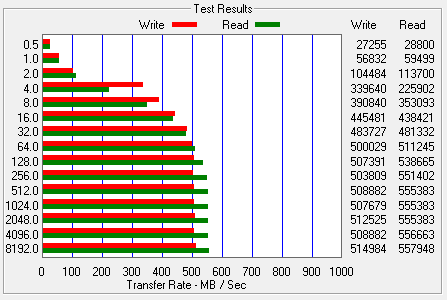Revisiting Dell's XPS 13 Ultrabook, In Full HD
SiSoft SANDRA, ATTO, & Cinebench
![]()
SiSoft SANDRA
Synthetic General Performance Mertrics


SANDRA CPU Arithmetic and Multimedia Performance


SANDRA Memory and Physical Disk Performance
Taken on their own merits, the benchmark scores are solid, if not expected. The real treat, however, is the disk performance, courtesy of a fast Samsung solid state drive.
Out of all the Ultrabooks we've tested, the speedy SSD in the Asus Zenbook still stands as the fastest storage subsystem (in this category) to date. How does Dell compare?

Asus Zenbook UX21

Dell XPS 13
|
Maxon's Cinebench R11.5 benchmark is based on the company's Cinema 4D software used for 3D content creation and tests both the CPU and GPU in separate benchmark runs. On the CPU side, Cinebench renders a photorealistic 3D scene by tapping into up to 64 processing threads (CPU) to process more than 300,000 total polygons, while the GPU benchmark measures graphics performance by manipulating nearly 1 million polygons and huge amounts of textures.

Among comparable systems, Dell's XPS 13 scored in the top echelon where the top three performers are separated by only by less than half a point. You're not going to dive deep into CAD work on any of these systems, including the XPS 13, but it is nice to see the performance bump compared to last year's model. This year's version benched almost twice as fast in the OpenGL portion of the benchmark.






